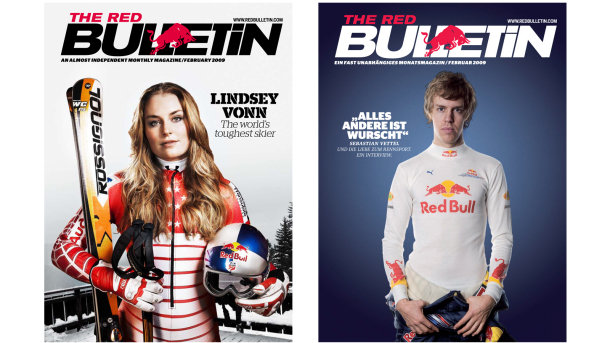Are brands the new publishers?
2 Aug, 13 | by BMJ
Traditionally, brands have interrupted consumers to talk about their product. Whether we’re reading a magazine, watching TV, or browsing online, the advert that inevitably appears is an unsolicited marketing message from a brand that we may or may not care about.
Consumer research often highlights that most of these marketing messages are indeed irrelevant to our interests and needs. Coupled with the increasing control a consumer has over the marketing they receive (opting-out of telemarketing and direct-mail; unsubscribing from email; skipping TV ads) this has become a cause for concern for brands.
The remedy that has emerged has been for marketers to seek ‘permission’ to gain consumers’ attention. What better way to gain permission to somebody’s attention than when they are actively seeking you, or the information you produce. This is why more and more brands are generating content that attracts, engages and builds a relationship with an audience (that may or may not make a purchase in time).
This ‘content marketing’ has emerged then as a way to reach an audience who are continually looking for advice, amusement or knowledge. Brands can use the approach to pull people in who are interested in a specific need rather than a specific product.
Cutting out the middle man
I have spoken before about Forbes’ controversial move to open up their content creation platform to marketers. Now other publishers are following suit and further blurring the lines between journalism and marketing (Business Insider and Mashable). Whilst this is certainly a big shift, the arguably bigger trend is that of marketers communicating directly with readers by becoming publishers in their own right.
There are many standout examples of content marketing:
- L’Oreal has Makeup.com – a site that discusses style and beauty topics without overtly mentioning L’Oreal’s product line
- Red Bull has created Red Bulletin – a high-octane magazine for thrill-seekers and sports fanatics which fits perfectly with the brand’s sponsorship of stunts (see cover images above)
- American Express have created Open Forum – a gateway to helpful articles that cover problems faced by small business owners
Retailers like Gap are also adopting the mindset of publishing companies with their “lo-fi” approach to creating content, developed especially for social media services that are frequently accessed via mobile devices, like Facebook, Twitter and Instagram. This output has reportedly registered engagement scores 70% higher than its traditional forms of advertising. According to Rachel Tipograph, Gap’s director of global digital and social media, “The internet requires every brand, business and individual to become a publisher. Content is the currency within our social web.”
In none of these examples are the brands explicitly asking the consumer to ‘buy this’ or ‘subscribe now’. Rather, they are publishing and distributing content that engages and attracts customers by fitting in their wants and needs. This of course makes it difficult to calculate exact return on investment but even so, should traditional publishers be concerned?
